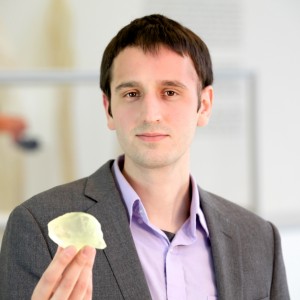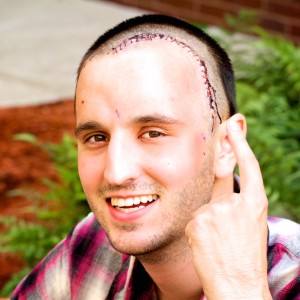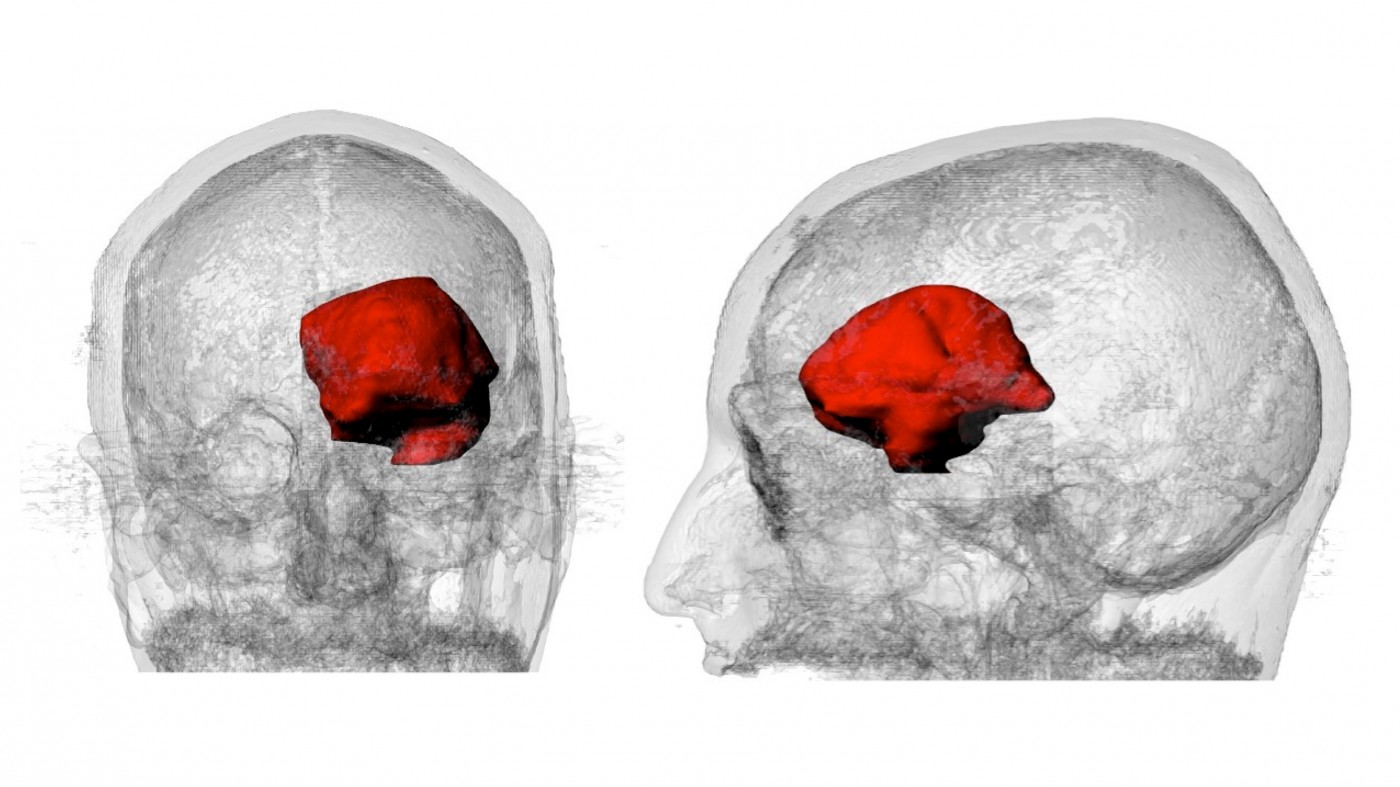
Steven Keating, a graduate student from Massachusetts Institute of Technology, is no ordinary student. In 2007, Keating became a subject in a research study and had his brain scanned via magnetic resonance imaging (MRI). Out of curiosity, he asked to receive the raw data from the scan, and seven years down the road helped diagnose his own astrocytoma brain tumor.
“My doctors are incredible for sharing my data and encouraging me to learn more from it,” said Keating, in a news release from MIT. The first MRI scan revealed an abnormality within the smell center of his brain. Keating was advised to be re-scanned in the future, and he did so in 2010. The abnormality showed no signs of activity, but when he began experiencing a phantom vinegar smell every day in July 2014, he knew he needed to get scanned again at MIT Medical. Keating’s curiosity saved his life — this scan showed a brain tumor that required immediate removal at Brigham and Women’s Hospital (BWH) in Boston a month later.
During surgery, Keating was sedated but awake to interact with the doctors and ensure his language center was not damaged by the procedure. A biopsy and real-time video were captured during the surgery. The biopsy revealed an IDH1-mutant malignant astrocytoma, and the video was shared with Keating afterward.
Mutated IDH enzymes lead to the production of an oncogenic metabolite known as 2HG. “As a cancer scientist, hearing Steven talk about 2HG spectroscopy screening as part of his clinical care is remarkable,” said Matthew Vander Heiden, member of the Koch Institute and a leader on the Bridge Project to study 2HG biomarkers in IDH-mutant cancers. “IDH’s role in these cancers was only discovered six years ago, and it is incredible, as well as humbling, that Steven could benefit from some of the basic science done in this short time period since IDH mutations were recognized.”
[adrotate group=”1″]
Keating is a PhD student in mechanical engineering and minoring in synthetic biology. He was the first student in the Media Lab’s Mediated Matter Group and is advised by group director Neri Oxman and David Wallace, a professor in the mechanical engineering department. Keating uses his skills to study digital construction and biologically inspired designs.

Unsurprisingly, he was interested in diving into the data held within his surgical materials. “Because of that connection [with my doctors], I had new options,” said Keating. “I asked for the surgery to be videotaped, for my genome to be sequenced, and for the raw data from the scans.” He is using this data and leveraging 3-D printing techniques to understand his own brain tumor and contribute to science. As a patient-scientist, he gave a talk at the Koch Institute concerning IDH-mutant cancers.
“Steven’s story is so inspiring in part because he is approaching his own cancer as a scientific problem, and he is actively seeking the data he needs to solve that problem,” said Tyler Jacks, director of the Koch Institute and the David H. Koch Professor in MIT’s Department of Biology.”After hearing his story, I think all of us were motivated to get back into the lab.”
In addition to his lab work, open-source healthcare interests Keating. “I’m a strong believer in privacy, but if a patient wants to share, they should be able to,” said Keating. “Your personal being is your personal property, and you should have the right to share that data if you want to.” He open-sourced his data on his own website and is attending the unveiling of the Precision Medicine Initiative in January, by invitation from President Barack Obama.
In the meantime, Keating is undergoing chemotherapy at BWH and continuing to enjoy the experience of learning at MIT. “The benefit of MIT is that we can know it’s a ride, but it’s a scary ride unless you have information to make it a curious problem. And if it’s a curious problem, it becomes an exciting ride,” said Keating. Certainly, helping diagnose and study his own brain tumor has been a “wild ride” for Keating.



Please, I’m asking an explanation. Why the doctors didn’t use carbon ion therapy with raster scan method, as delivered at HIT, Heidelberg, Germany. No surgert at all…Give me an answer, please! Thanks.
Marcos d’Ávila Nunes
Associate Professor at USP